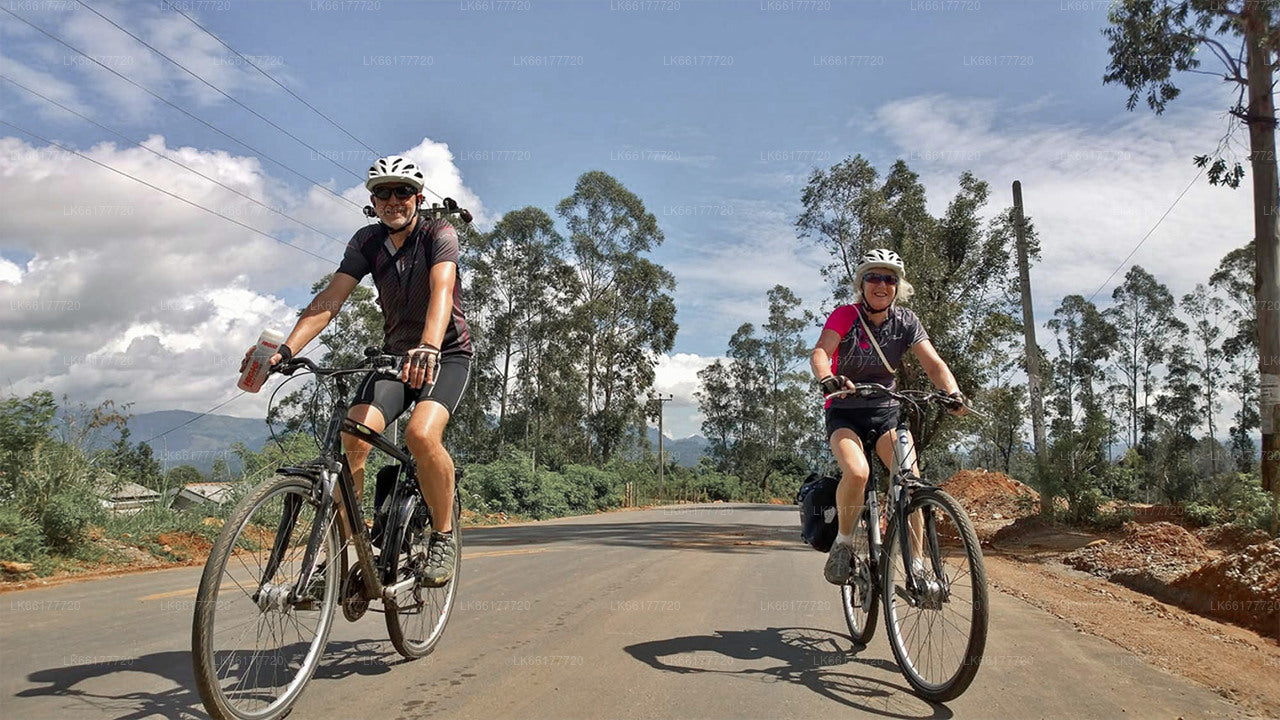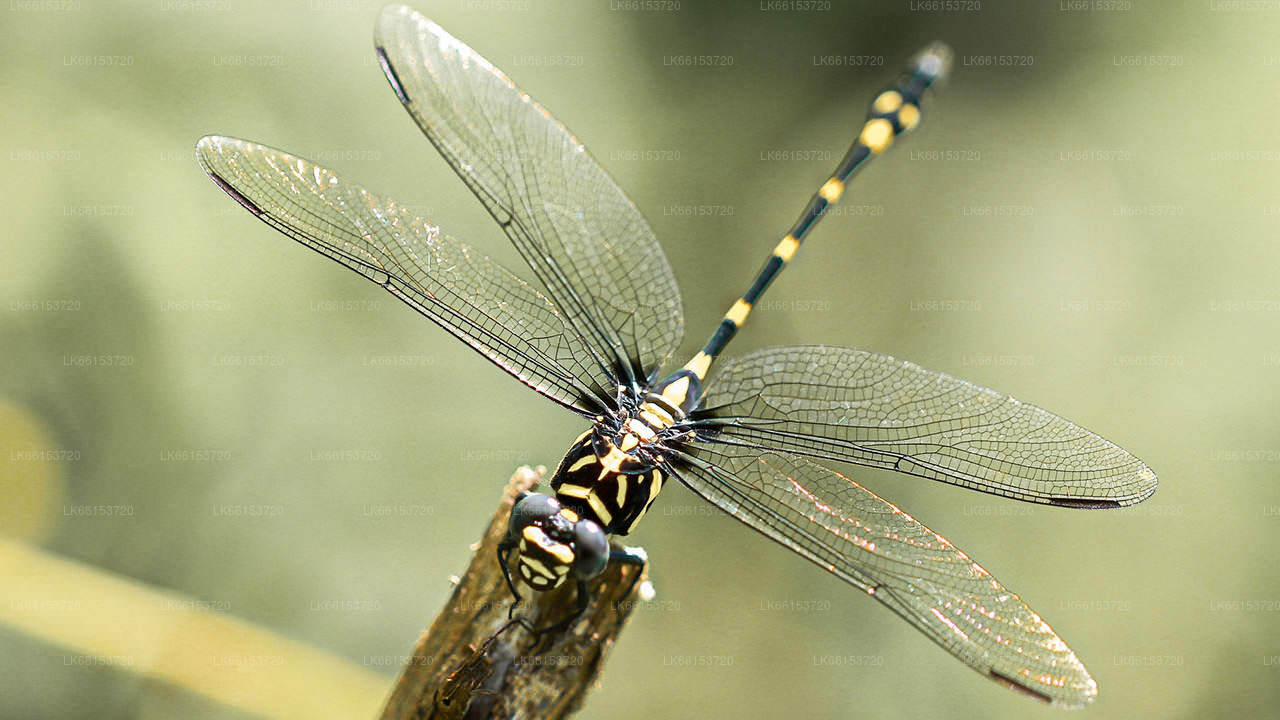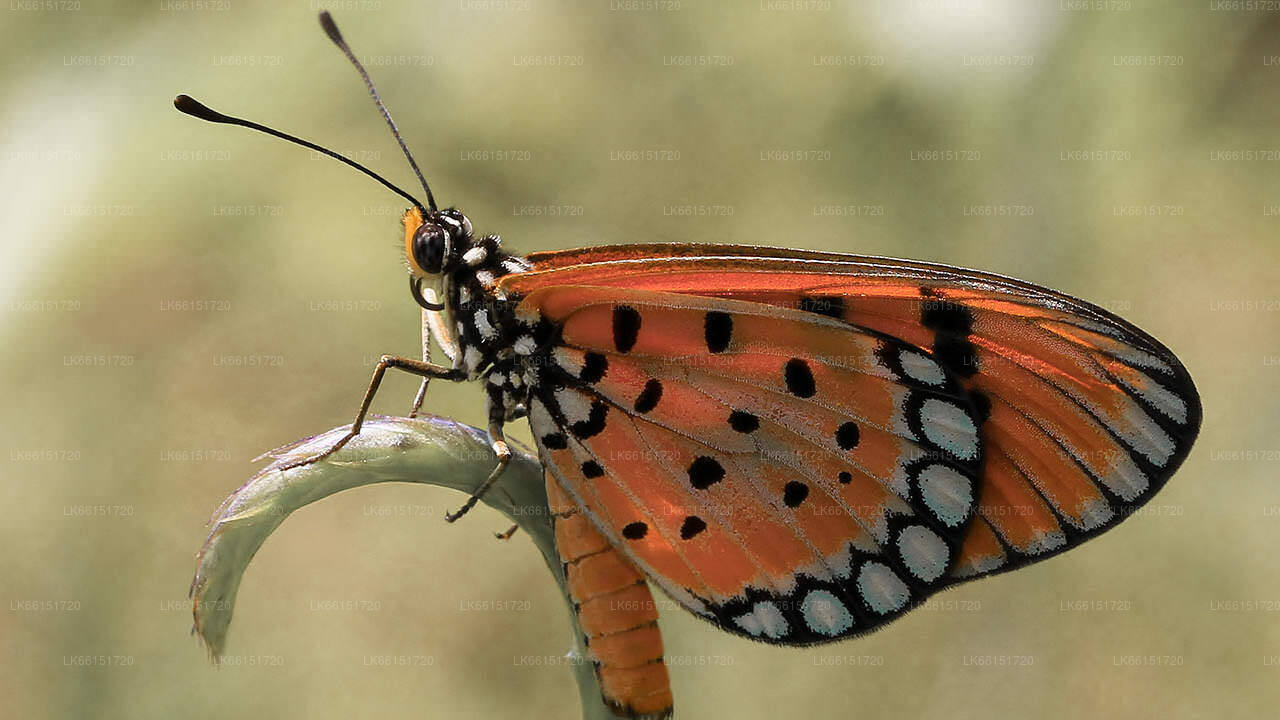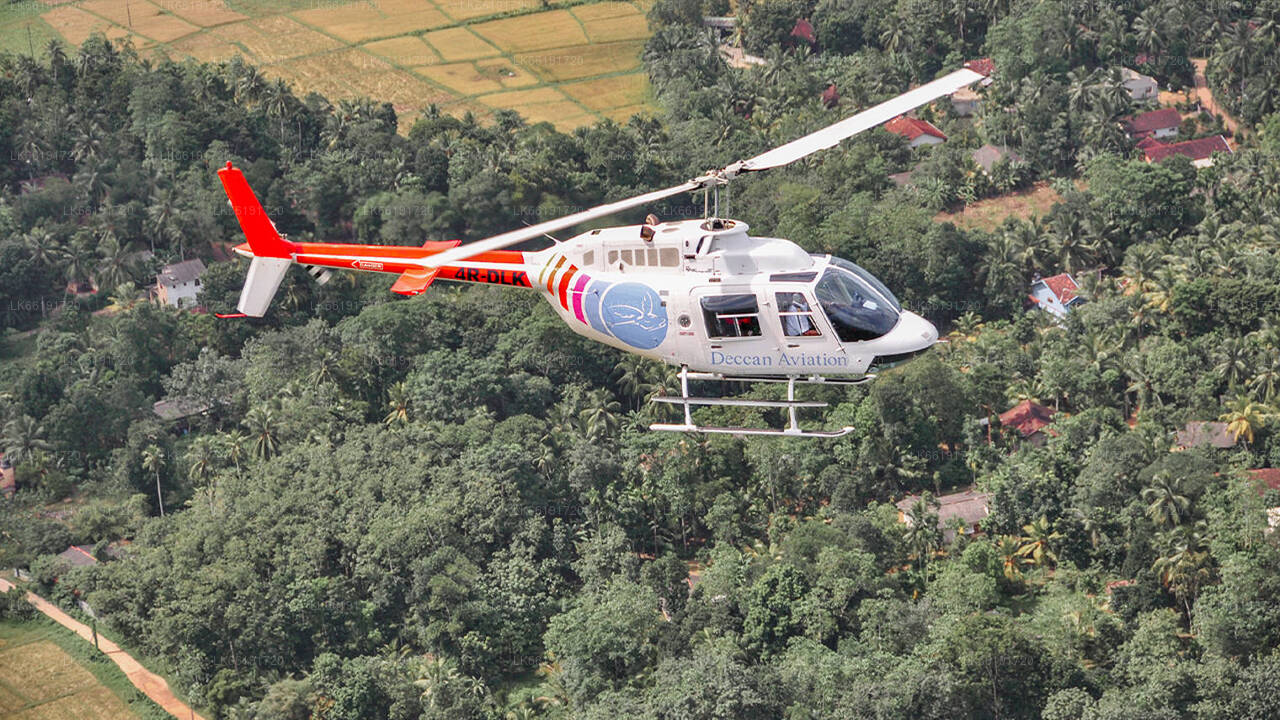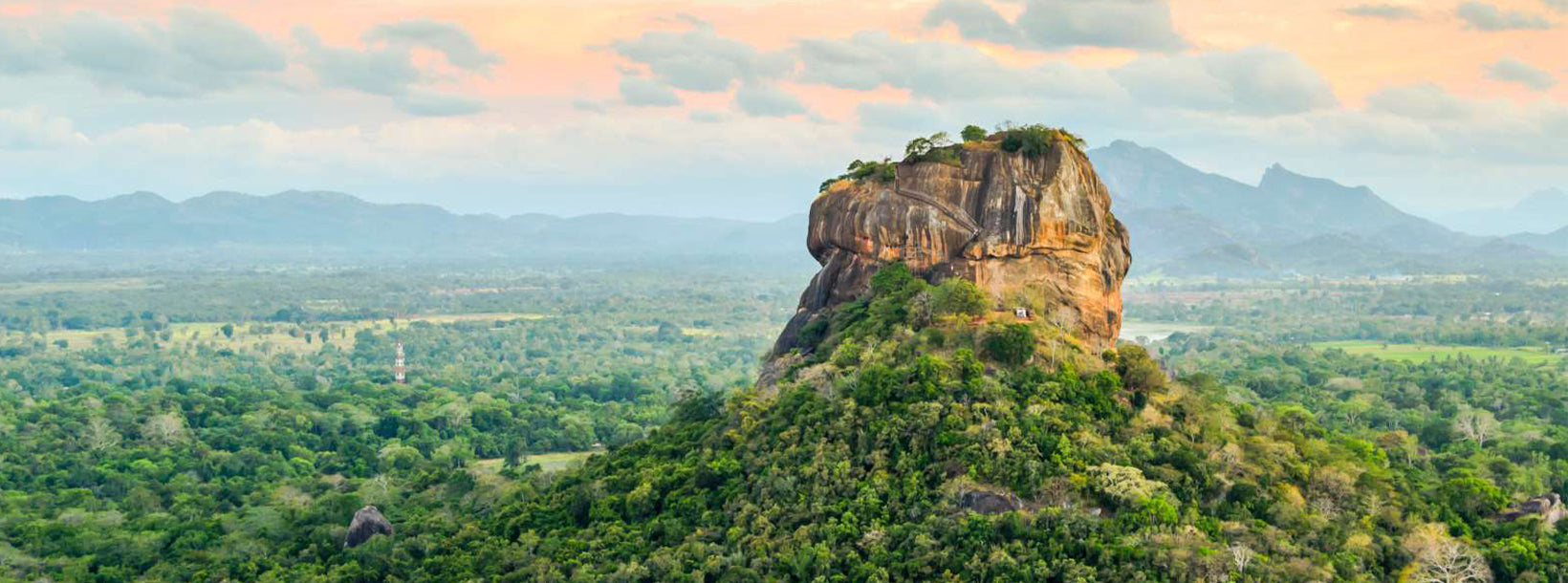
Sigiriya-stad
Sigiriya, een UNESCO-werelderfgoedlocatie in Sri Lanka, is een eeuwenoud rotsfort en paleis met prachtige fresco's en uitgestrekte tuinen. De indrukwekkende rotsformatie rijst op uit de vlakte en getuigt van de rijke geschiedenis en architectonische vindingrijkheid van het eiland. Ontdek de betoverende schoonheid en culturele betekenis van Sigiriya.
Sigiriya Museum
The museum in Sigiriya is well known to be the most attractive in South Asia, managed by the Central Cultural Fund. Sigiriya Museum represents its cultural, technological and archaeological value. Three decades of archaeological research on Sigiriya, the famous UNESCO world heritage site, can be explored at the Sigiriya Museum.
The design of the museum was inspired by the sophisticated design of Sigiriya itself. It followed the concept of Green Building with the mastery use of water and the use of trees so that it stimulates a true experience. Furthermore, the floors are built so that visitors can feel the Sigiriya climb through the ascending terraces and the wide stairways.
Established in 2009, the museum contains galleries depicting the excavation efforts carried out at Sigiriya. The way it was structured is an excellent example of green building technology, as it was expertly constructed around the massive and mighty trees that have reigned the area for eons, roots-deep, as well as natural water springs.
The museum has three floors, designed to suit the pre-existing levels within the rock itself. Introductions to the exhibits and guides are available in the three main languages (Sinhala, Tamil and English) in the museum lobby.
To enter the museum, you have to make your way through a tunnel, and once you reach the first level, you’ll be greeted by the protohistory section of the museum, which contains a bunch of artefacts, including age-old pots and implements made of iron.
The next level is dedicated to the monastic era of Sigiriya, and thus includes many exhibits from that period. Glass panels provide you an overhead-view of the rock fortress’ attractions, including the water gardens at its entrance, the rusty mirror wall, and even the summit.
- Entrance fees are included in your tickets to the Sigiriya Rock Fortress.
- Sigiriya Museum is open from 8 a.m. to 5 p.m. all week.
- Not permitted get the photography in the Sigiriya Museum.
Over de Centrale Provincie
De Centrale Provincie van Sri Lanka bestaat voornamelijk uit bergachtig gebied. De provincie heeft een oppervlakte van 5.674 km² en telt 2.421.148 inwoners. Enkele belangrijke steden zijn Kandy, Gampola (24.730 inwoners), Nuwara Eliya en Bandarawela. De bevolking bestaat uit een mix van Singalezen, Tamils en Moren.
Zowel de heuvelhoofdstad Kandy als de stad Nuwara Eliya liggen in de Centrale Provincie, net als Sri Pada. De provincie produceert een groot deel van de beroemde Ceylonthee, die in de jaren 1860 door de Britten werd geplant nadat een verwoestende ziekte alle koffieplantages in de provincie had verwoest. De Centrale Provincie trekt veel toeristen, met heuvelstadjes zoals Kandy, Gampola, Hatton en Nuwara Eliya. De Tempeltand, of Dalada Maligawa, is de belangrijkste heilige plaats in de provincie Centrel.
Het klimaat is koel en veel gebieden boven de 1500 meter hebben vaak koude nachten. De feitelijke hellingen zijn erg nat, op sommige plaatsen valt bijna 7000 mm regen per jaar. De mogelijke hellingen maken deel uit van de middeldroge zone, omdat deze alleen regen ontvangt van de noordoostelijke moesson. De temperaturen bestaan van 24 °C in Kandy tot slechts 16 °C in Nuwara Eliya, dat 1889 m boven zeeniveau ligt. De hoogste bergen van Sri Lanka liggen in de Centrale Provincie. Het terrein is overwegend bergachtig, met diepe valleien die het doorsnijden. De twee belangrijkste berggebieden zijn het Centraal Massief en het Knuckles-gebergte ten oosten van Kandy.










